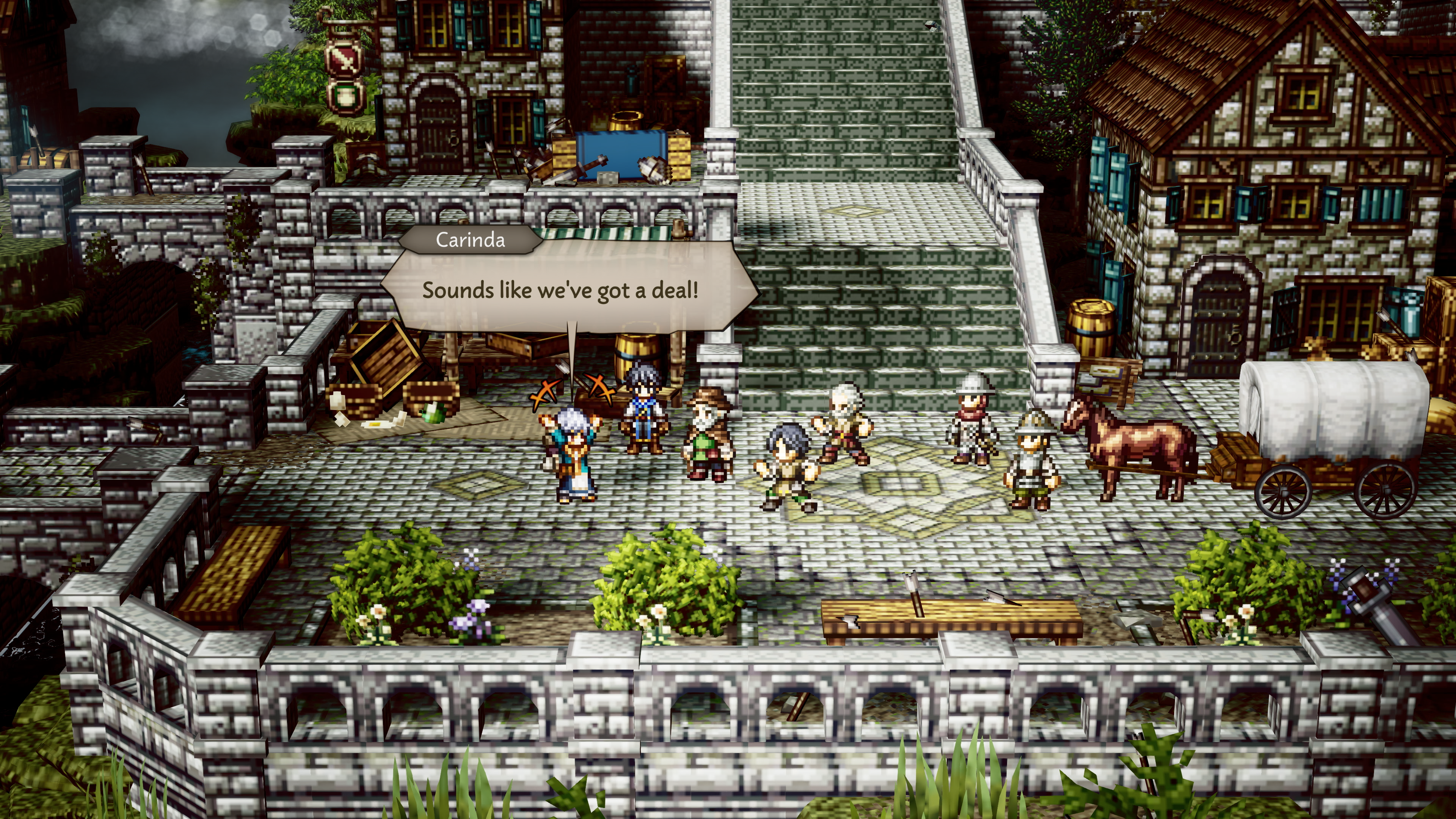Working on a commission: advice from professional digital artists

Working on a commission and producing work that realises someone else's creative vision is an art in itself. You’ll need to juggle tasks like pricing, contracts, feedback and payment, and there's opportunity for miscommunication and other inefficiencies to throw a spanner in the works.
Building a solid process that works for you and your clients is essential for making sure it all runs smoothly. We have some excellent articles on how to take commissions and how nail your next character art commission, but below three leading artists share their tips for handling commissions.
Syd Mills works full-time as a freelancer, working on commission based jobs whose client work includes book covers, character art and illustrations for tabletop RPGs. Her first piece of advice for those taking on commissions is that you start out small; begin with just three or fewer clients to make sure that you don’t become overwhelmed.
Before you get going, work out your timescales and pricing. "Figure out how long it takes you to complete a non-commissioned piece, and understand that it may take much longer while working with a client," she says. "Requests for major revisions, delays in feedback, and personal life events can break up a timeline you assume will be smooth."
Working on a commission: know your value
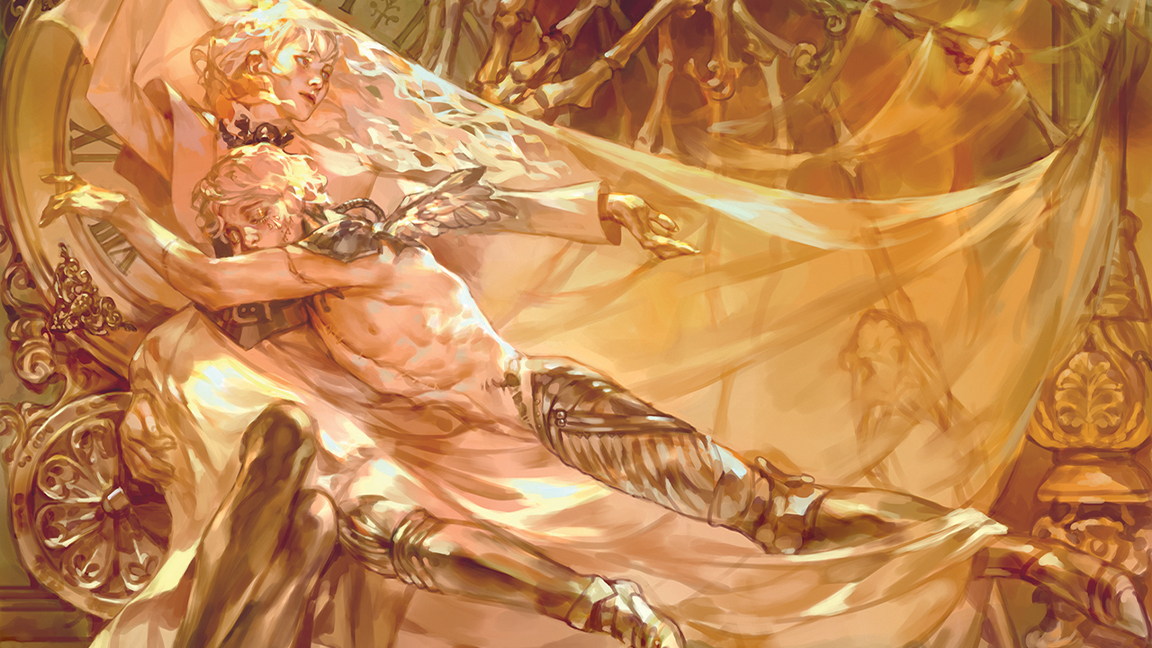
When you've got a sense of how long it takes you to complete an image, use this to calculate your minimum charge for a project of a given length. "Build your pricing around the expectation that you deserve a living wage for what you do," says Mills. Take into account that you should be earning enough to build up some emergency funds, and remember to push your prices up in line with inflation.
"I always make sure I understand exactly what the client is looking for before I set a price," she says. "Rates depend on the specifics of the job, typically number of characters, cropping (whether it's a full or half body), the outfit or armour, any accessories, and environment. I repeat these exact five things to almost every prospective client I speak to so they know what information to provide."
Personal life events can break up a timeline you assume will be smooth
Syd Mills
Should your quote go beyond a client's budget, Mills suggests offering a lower price for a simpler artwork that is quicker to create; it might have fewer characters, closer cropping, a less detailed environment, and so on.
Daily design news, reviews, how-tos and more, as picked by the editors.
If she's working without a contract, Mills takes 50% of the payment before she starts work. To ensure that communication is effective, she prefers to conduct it via email so that it's easy to keep track of the conversation. "I always want clients to feel comfortable asking questions and giving feedback, so I try to use language that specifically solicits these," she says.
"If I suspect a suggestion they make is untenable, I may give them a heads up, but I actually prefer to go ahead and implement the feedback just to see what happens. I have a lot of faith in my ability to visualise, but practically every time a client suggests something I'm unsure of, I'm pleasantly surprised by the result."
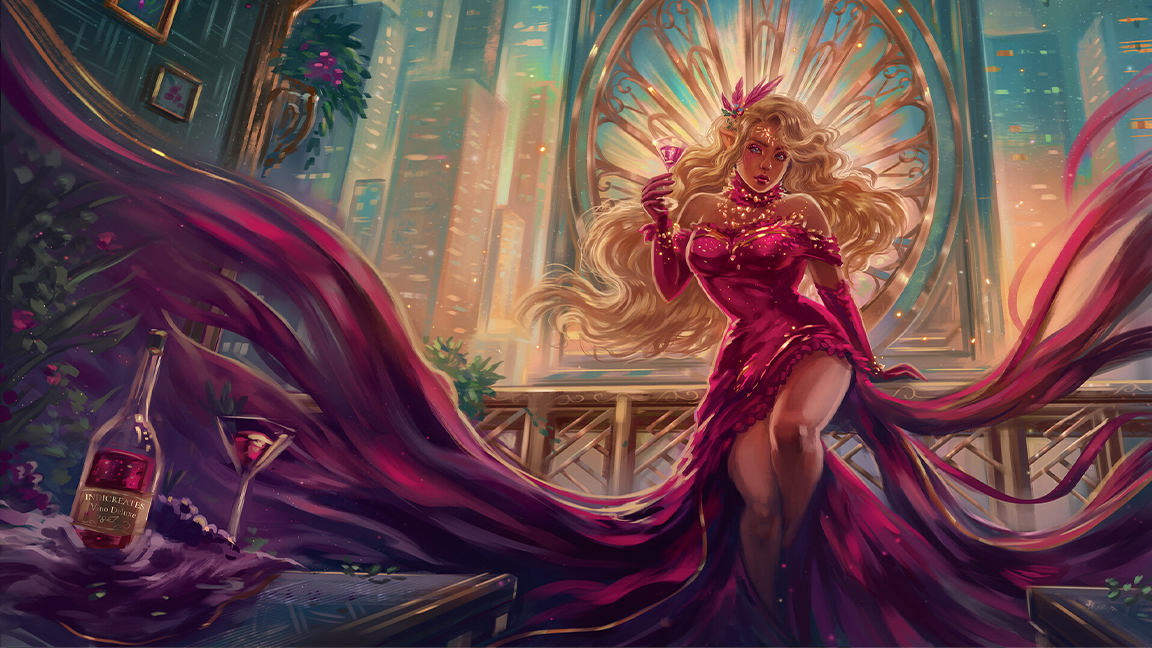
A freelance character illustrator, Indiana Acosta has found that using an onboarding document to introduce clients to her process is an efficient way to make sure communication is thorough and effective. "It has saved a lot of time for me and my clients," she says.
Acosta's workflow document is an eight-page PDF she sends clients to set a clear framework for the project. Her first page details what information she requires, such as reference images and mood boards, and gives a visual example of the kinds of sketches they might like to send her.
Next, Acosta gives examples of the kinds of initial sketches they can expect to receive from her in the thumbnail stage, and clearly states that now is the time to make any major revisions. For each stage in the process, she gives visual examples of what she'll deliver, what kind of direction she would like to receive, and how much change is permitted without incurring an extra fee. "During the project I send over many screenshots to make sure that I'm painting what is needed, and overall I talk with the client every one to five days," she says.
Acosta also states her terms of service: she takes full payment at the start, but will give a 50% refund during the early stages if requested. If it's a private commission, she retains all rights to her images, and issues a non-commercial license to the client.
Working on a commission: how to take control
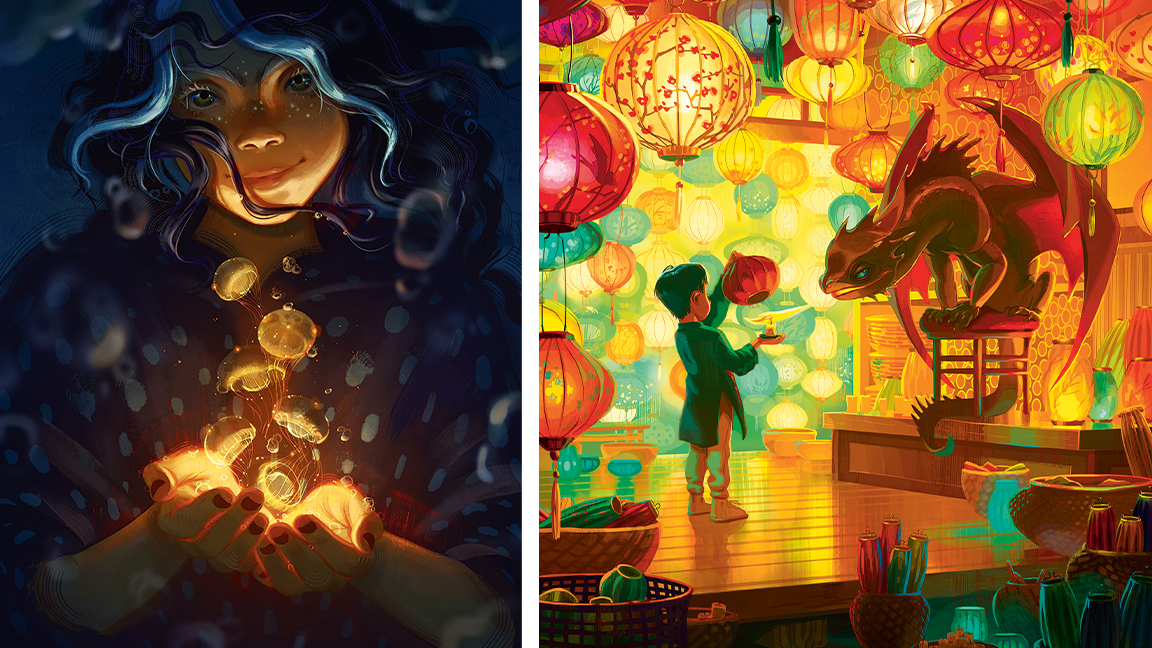
The degree of control you have over the terms that you set for your projects will depend on whether you're taking private or commercial assignments. Devin Elle Kurtz works as a freelancer in the animation, gaming and publishing industries, and notes that companies tend to have their own processes, terms and timelines.
"While I do sometimes miss the greater authority I had over these terms in my private commission days, getting to work on IPs that I'm inspired by and seeing my work on store shelves makes the commercial route most appealing to me," she says. Devin is represented by a literary agent who negotiates better terms and pay for her.
I include any ideas I have about what direction I’m going in for the artwork
Devin Elle Kurtz
A freelance career often means working with new people for each assignment, so you're always starting cold, with little sense of what will appeal to the person who has commissioned you. Devin has some tried and tested techniques for dealing with this.
"Before I even jump into working on sketches or ideas for a new project, I take some time to restate to the art director exactly what I think the project is asking for, in my own words, and I include any ideas I have about what direction I’m going in for the artwork," says Kurtz. "This step alone has made a huge difference in my ability to nail the early sketches."
Don’t hold back on asking questions; it saves time in the long run. "If I'm even a little bit unclear about a character detail, setting description, or anything else, I'll ask for clarification. If possible I'll even include a reference photo of what I think is being asked for, which allows the team to very directly say yes or no," says Kurtz.
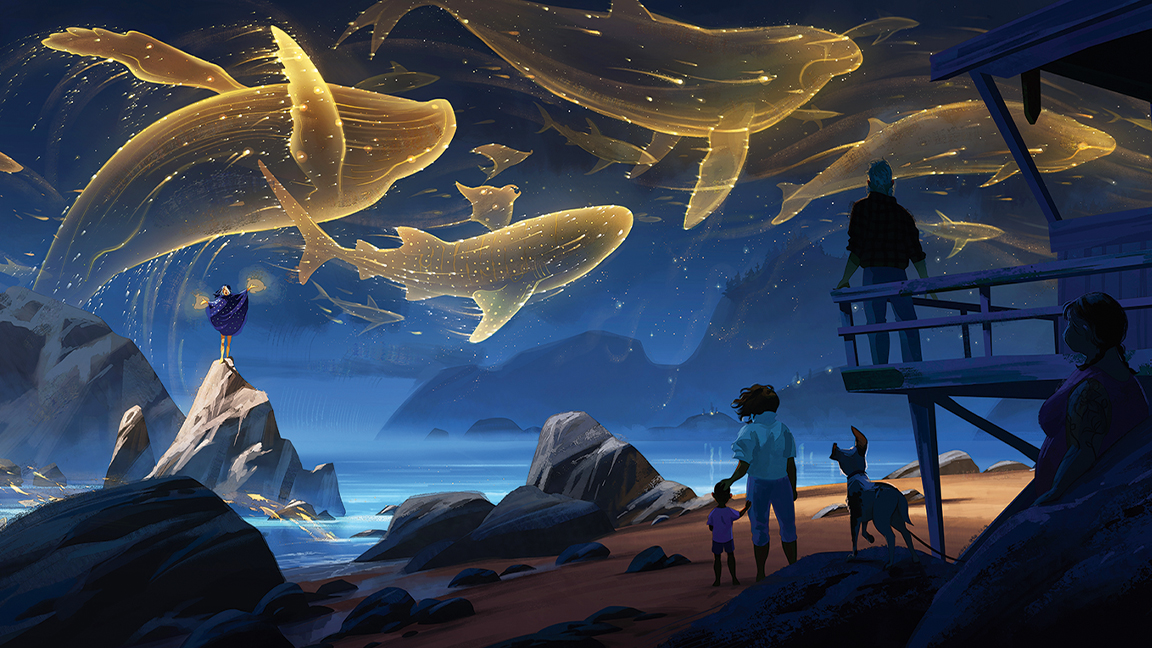
Another good trick Kurtz uses is to ask which of her portfolio pieces are closest to what they are looking for, as often a particular illustration will have been their reason for hiring her. "I save all of the reference sheets I create for each of my illustrations, so I can reopen them and pull from the same inspirations again," she says.
If Kurtz receives a request she thinks won’t work, she focuses on explaining her reasons clearly. "Let's say a character in dark clothes is silhouetting clearly against a light wall. If the team wants to make the wall colour dark, I might say something like: 'Compositionally, the character is currently reading clearly due to the value contrast between their dark clothing and the light colour of the wall. If we darken the wall, we will lose that value contrast, and will likely need to resort to workarounds like a rim-light or changing the clothing colour in order to maintain that clear and immediate read that leads the eye toward the character as a focal point.'
"I'll describe what is currently working, explain how the change would impact it, and if possible provide some solutions." Using this technique allows her to find alternatives that everyone is happy with nearly every time.
If you're inspired by our trio of fantastic artists to start a life as a freelance illustrator, then read up on some of the tech you may need. We have a guide to the best iPads for drawing, for example. And you may want to read up on the best digital art software to see which fits your needs and approach.
Get more Procreate tutorials in ImagineFX
This content originally appeared in ImagineFX magazine, the world's leading digital art and fantasy art magazine. ImagineFX is on sale in the UK, Europe, United States, Canada, Australia and more. Limited numbers of ImagineFX print editions are available for delivery from our online store (the shipping costs are included in all prices)
Alternatively, you can access us instantly through our digital options:
• Apple app (for iPad or iPhone)
• Pocket mags (multi-platform app, great for Android users)
• Zinio (multi-platform app for desktop or smartphone)

Tanya is a writer covering art, design, and visual effects. She has 16 years of experience as a magazine journalist and has written for numerous publications including ImagineFX, 3D World, 3D Artist, Computer Arts, net magazine, and Creative Bloq. For Creative Bloq, she mostly writes about digital art and VFX.
- Ian DeanEditor, Digital Arts & 3D
